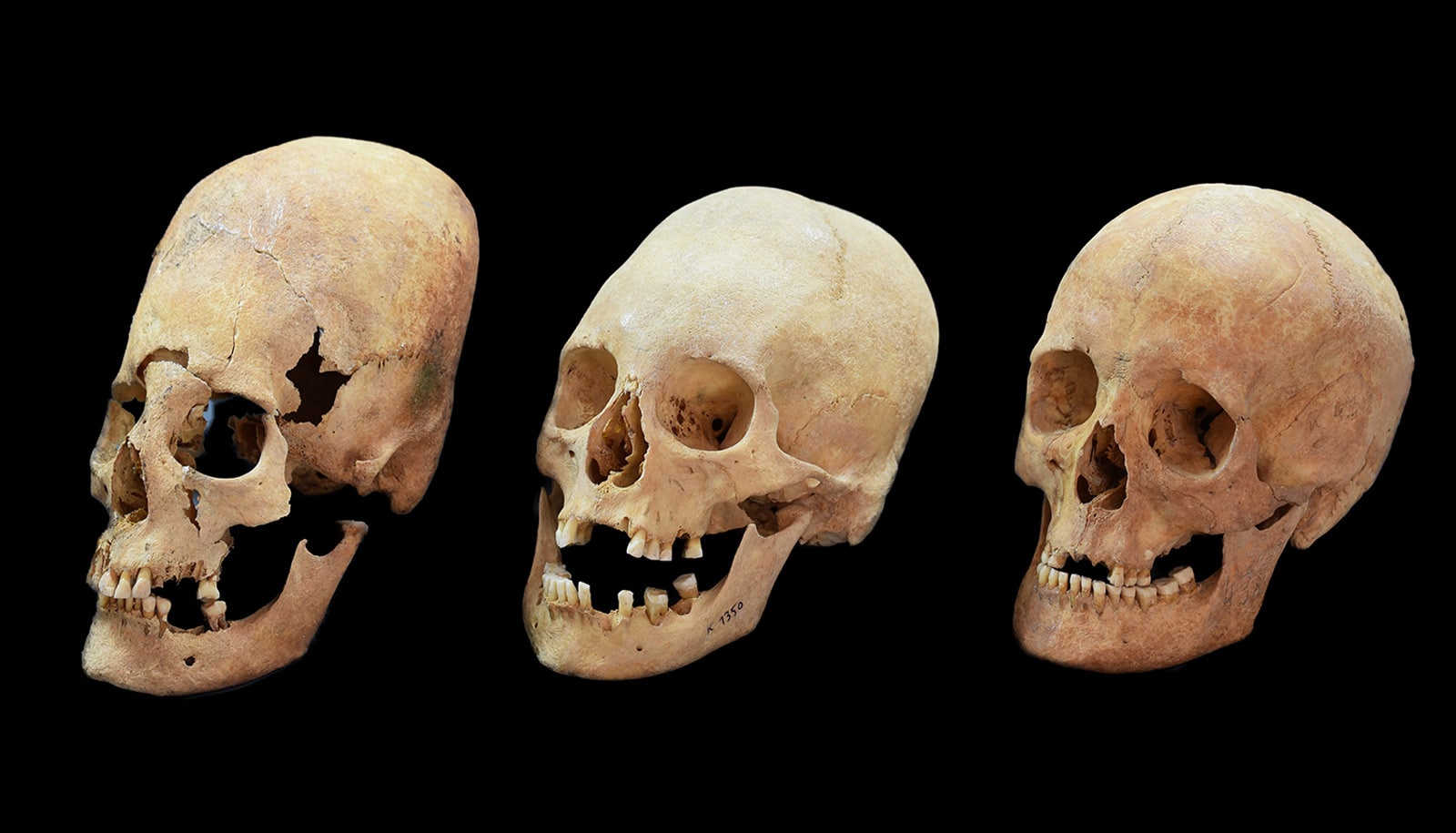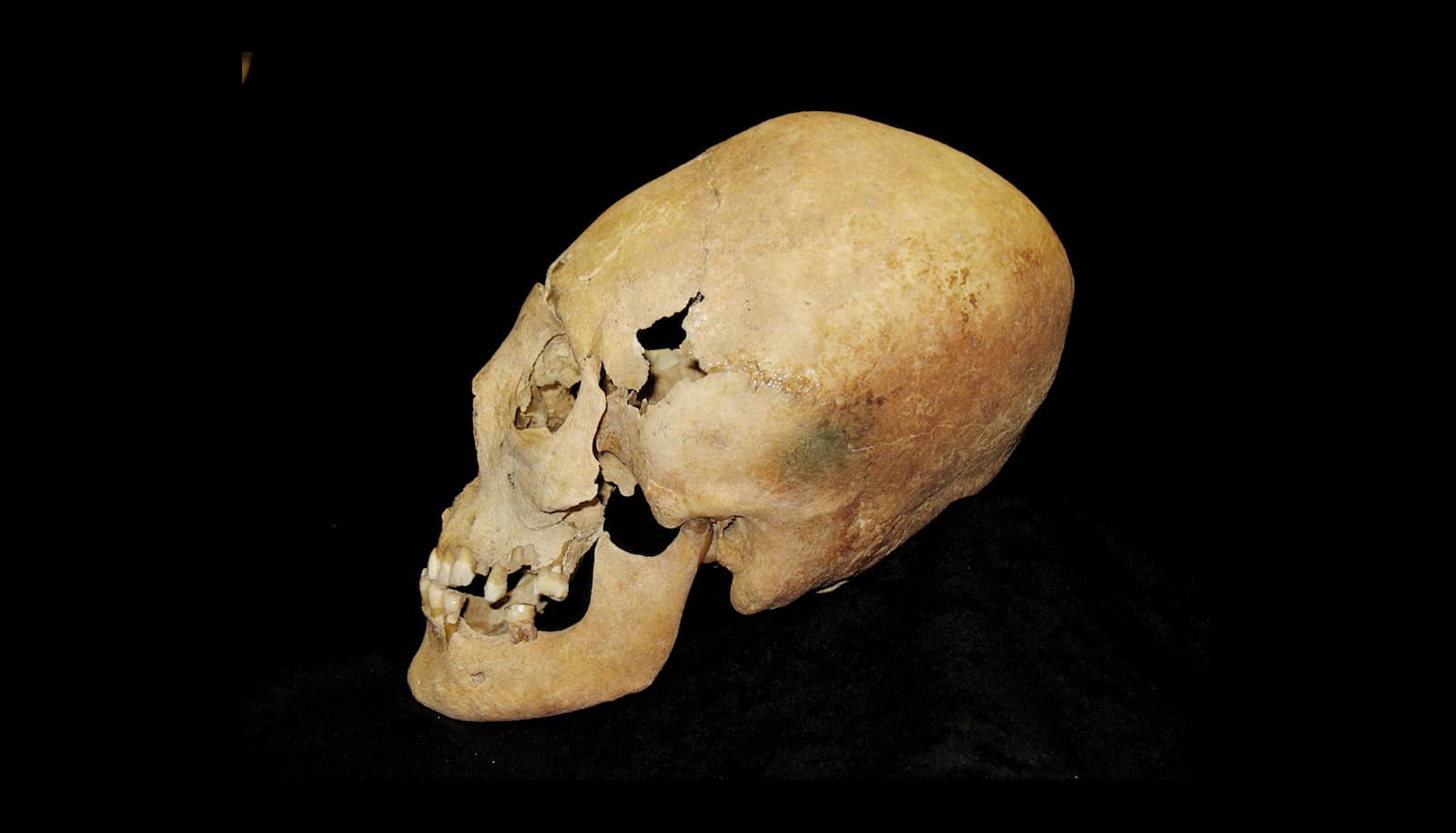The first genomic analysis of populations living in the former territory of the Roman Empire around 500 CE may explain artificial skull formation in the area. The peculiar phenomenon has sparked debate among scientists for more than 50 years.
The palaeogenomic study, published in PNAS, investigates early human medieval genomic variation in southern Germany during the era known as the European Migration Period.
While most of the ancient Bavarians looked genetically like modern central and northern Europeans, one group of individuals had a very different and diverse genetic profile. This group was particularly notable in that they were women whose skulls had been artificially deformed at birth.

Such enigmatic deformations give the skull a peculiar tower shape and have been found in past populations from across the world and from different periods of time. Scientists think that parents in ancient societies wrapped their children’s heads with bandages for a few months after birth in order to achieve a desired head shape, perhaps to emulate a certain ideal of beauty.
“Our data points to Barbarian tribes in Western and Central Europe specifically acquiring exotic-looking women with elongated heads born elsewhere…”
“The presence of these elongated skulls in parts of eastern Europe is most commonly attributed to the nomadic Huns, led by Atilla, during their invasion of the Roman Empire from Asia,” says Krishna Veeramah, assistant professor in the ecology and evolution department at Stony Brook University. “However, the appearance of these skulls in western Europe is more mysterious, as this was very much the fringes of their territory.”
The team sequenced the genomes of approximately 40 individuals dating the late 5th/early 6th century CE from present-day Bavaria in southern Germany as well as from various locations in the east. They found that while both men and women with normal heads appeared to have local origins, women with elongated heads had genetic ancestry primarily from southeastern Europe rather than Central or East Asia.
Baby skull binding was popular in ancient Peru
According to Veeramah, the team was able to demonstrate by the genomic analysis that in addition to having elongated heads, these women demonstrated darker eyes, hair, and even skin compared to the local blond-haired, blue-eyed Bavarians. Their burials were much the same as those of local women.
“Our data points to Barbarian tribes in Western and Central Europe specifically acquiring exotic-looking women with elongated heads born elsewhere, perhaps to form strategic alliances with other entities to the east, but that the Huns likely did not have much of a direct role in this process.”
Anthropologist Michaela Harbeck from the State Collection of Anthropology Munich and the population geneticist professor Joachim Burger of the Johannes Gutenberg University Mainz led the work. The National Science Foundation contributed funding.
Source: Stony Brook University



